If You Have Pets, These Poisonous Plants Don’t Belong in Your Yard
Your yard should be a safe place for your pets to roam, explore, and roll around without the risk of getting sick. But some of the most common plants found in gardens across the country are toxic to dogs and cats, and a single bite can lead to anything from mild stomach upset to life-threatening complications. Many pet owners don’t realize how dangerous certain plants can be until they find themselves in a vet’s office, wondering what went wrong. Let’s discuss a few plants you should keep out of your yard if you have pets.
Lilies
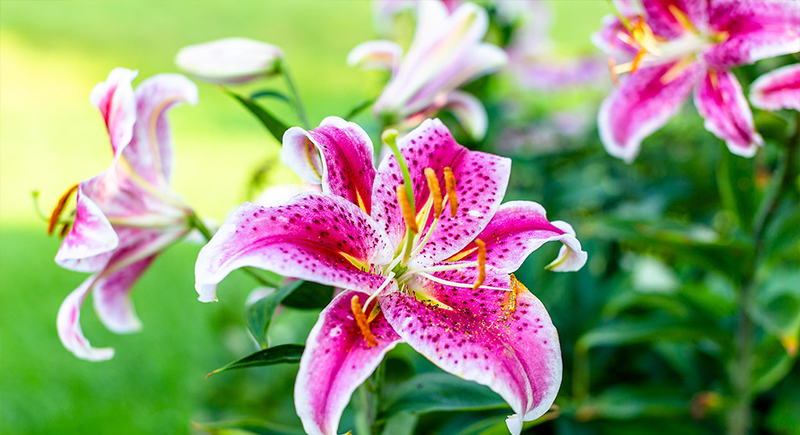
Credit: flickr
If you have a cat, lilies shouldn’t be anywhere near your home. Not in your yard, not in a vase, not even as a potted plant on your porch. Every single part—leaves, petals, pollen, even the water in a vase—is highly toxic. It doesn’t take much, either. A cat just brushing against the flower and licking its fur later can be enough to trigger kidney failure. Cat owners usually have no idea lilies were a problem until it was too late.
Sago Palm
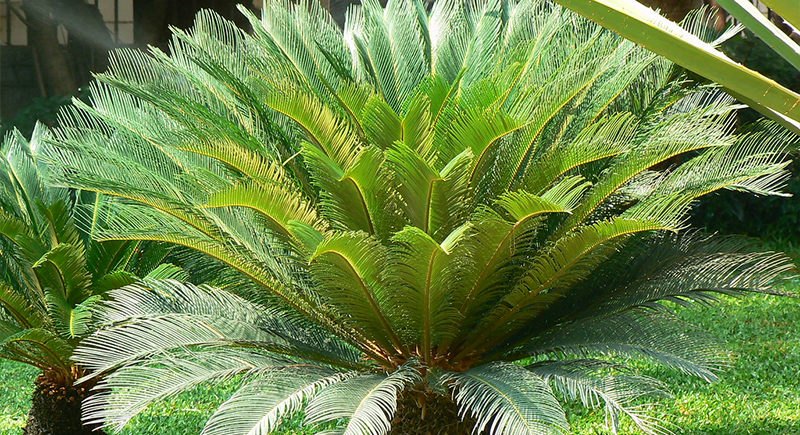
Credit: flickr
This one’s a silent killer. Sago palms might look like small, decorative palm trees, but they’re packed with toxins—especially in the seeds. Dogs can chew on these and go into severe liver failure within hours. Vomiting, diarrhea, seizures—it can get ugly fast.
Tulip and Daffodil Bulbs

Credit: flickr
If you love planting tulips and daffodils in the spring, think twice if you’ve got a dog that loves to dig. The real danger is in the bulbs. A dog that gets curious and digs one up can end up with intense stomach pain, vomiting, and—if they eat enough—serious heart issues. The flowers themselves aren’t as toxic, though.
Azalea and Rhododendron

Credit: flickr
Azaleas and rhododendrons are everywhere in landscaping because they’re low-maintenance and colorful. But if you have pets, they’re a hidden danger. Even a small amount can cause vomiting, drooling, and weakness. Worse yet, these plants contain toxins that mess with heart function, which leads to dangerously low blood pressure and, in severe cases, coma.
Oleander
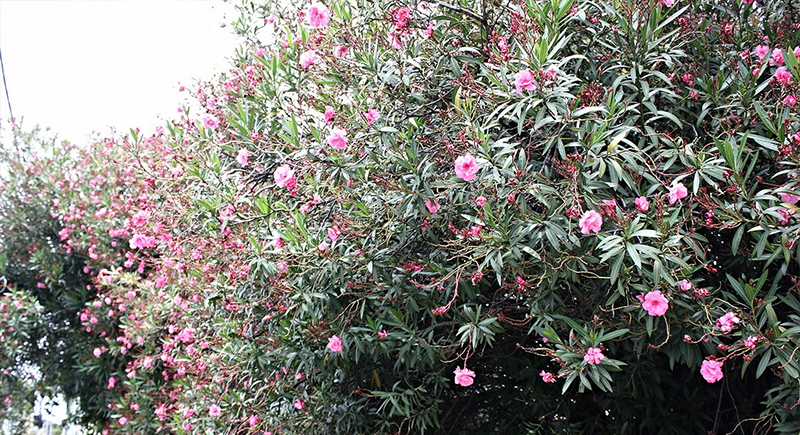
Credit: flickr
Oleander is one of those plants that people assume is harmless because it’s so commonly used in hedges and gardens. But let us be clear—this plant is deadly. It contains cardiac glycosides, which means it directly affects the heart. There have been cases where a dog or cat chewed on just a few leaves and ended up with tremors, and an irregular heartbeat. Even dried leaves are still toxic.
Castor Bean
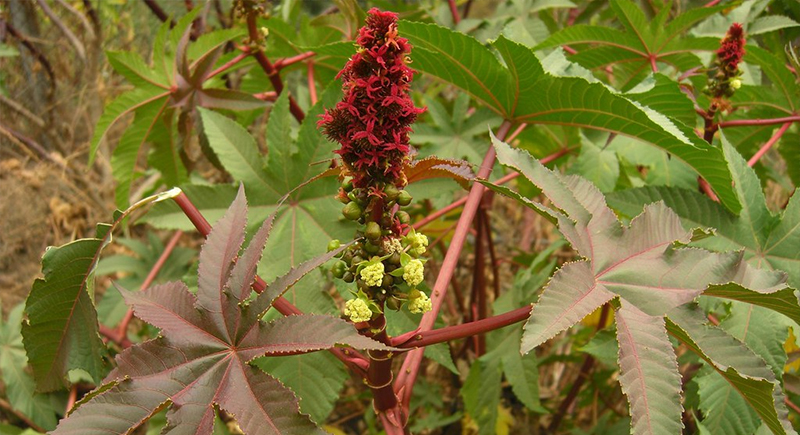
Credit: flickr
The castor bean plant has dramatic leaves and interesting seed pods, which is why some gardeners like it. But those seeds contain ricin, one of the most potent natural toxins out there. If a dog or cat gets into them, the symptoms can escalate fast—vomiting, diarrhea, seizures, and potentially fatal organ failure.
Cyclamen
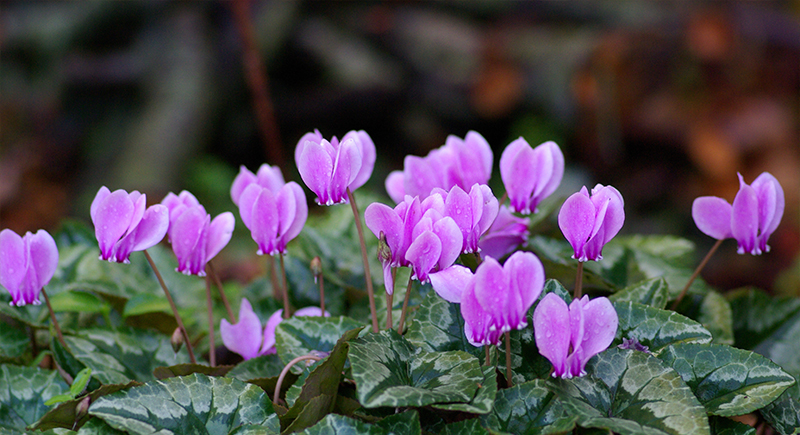
Credit: Wikimedia Commons
Cyclamen is a popular houseplant. If you decide to plant it outside though, know that its underground tubers contain toxins that can seriously mess with your pet’s system. The usual symptoms—vomiting and diarrhea—can escalate to heart rhythm abnormalities.
Kalanchoeh
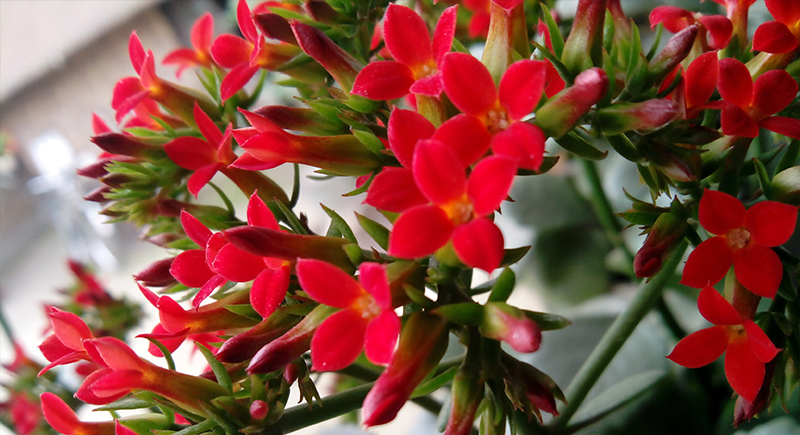
Credit: Wikimedia Commons
Succulents are all the rage, and Kalanchoe is one of the most popular. But what a lot of people don’t realize is that it contains compounds that can cause stomach upset and, in higher doses, heart rhythm problems. It’s not as deadly as some of the other plants on this list, but it’s still something to be cautious about if you have a pet that likes to chew.
Yew
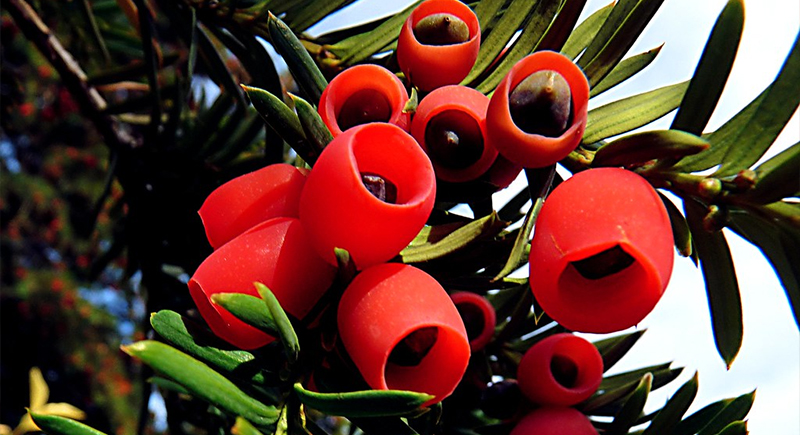
Credit: flickr
Yew can cause sudden cardiac failure. The berries might look harmless, but they house toxic seeds, and even chewing on the leaves or bark can be enough to cause trouble, including drooling, tremors, and fatal heart issues..
Amaryllis

Credit: pexel
Amaryllis is a holiday favorite, but the bulbs contain toxic compounds that can cause vomiting, tremors, and stomach pain. While it’s not usually deadly, it’s still a plant that can make pets miserable. If you want festive flowers around the holidays, opt for a pet-safe poinsettia instead.
Autumn Crocus

Credit: Wikimedia Commons
Unlike the harmless spring crocus, the autumn crocus is highly toxic due to the high levels of colchicine. What makes this plant extra dangerous is that symptoms don’t always show up right away. By the time you notice something’s wrong—vomiting, kidney and liver damage, or even respiratory failure—it might already be too late.
Chrysanthemum
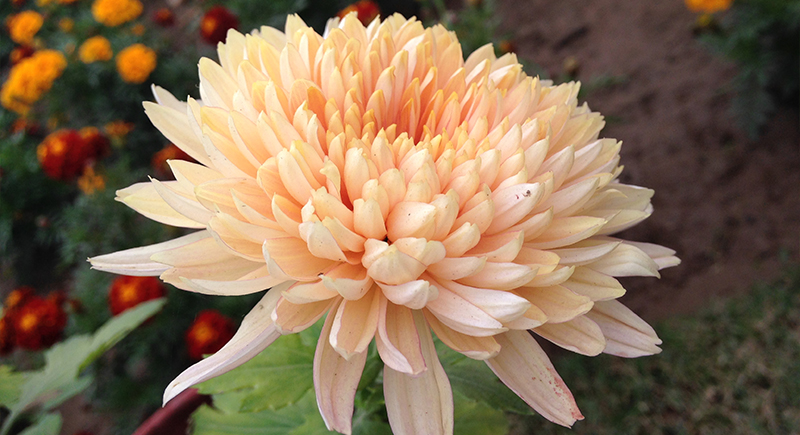
Credit: Wikimedia Commons
Mums are everywhere when fall rolls around, and who doesn’t love those rich colors they bring to the garden? But those beautiful flowers hide a little danger for pets. They’ve got pyrethrins in them, which, while great at keeping bugs away, don’t do pets any favors. If a curious dog or cat decides to chew on a leaf or petal, it could end up with a stomach upset, some drooling, or even a bit of wobbliness in its step.
English Ivy
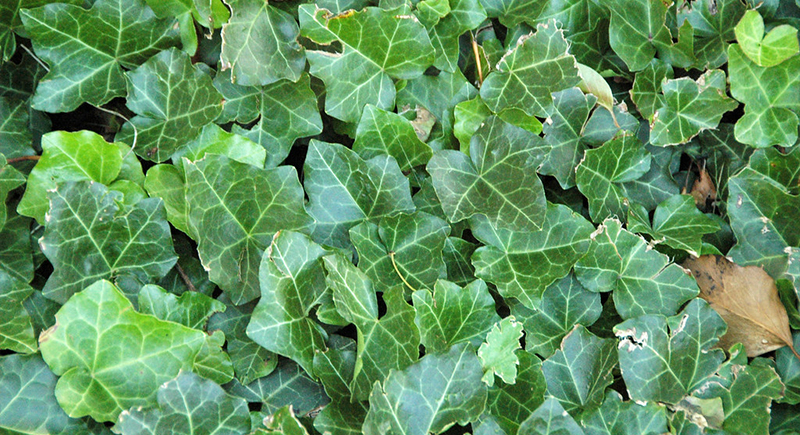
Credit: flickr
English ivy may look all cute and charming as it climbs up fences or drapes over trellises, but their leaves contain saponins, which, when ingested, can upset your pet’s stomach, cause drooling, and might even irritate their skin if they brush up against it. Instead of worrying every time your dog goes near the ivy, why not try Boston ivy? It still gives you that leafy vibe but without the pet hazards.
Pothos and Schefflera
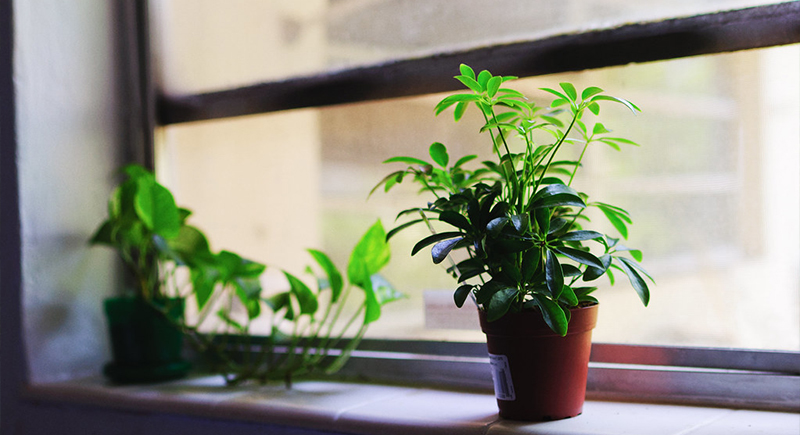
Credit: flickr
Pothos and schefflera are those plants you see everywhere in homes—easy to grow, hard to kill, and they look nice in any room. Unfortunately, if you’ve got a pet that has a habit of nibbling on plants (and many pets do), these two are not great plants to have. Both plants contain oxalate crystals that cause irritation in the mouth, excessive drooling, and can leave your pet feeling pretty uncomfortable.
Aloe Vera
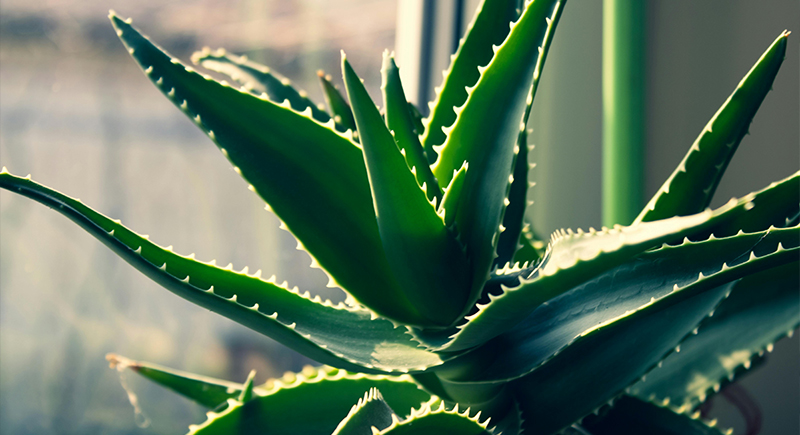
Credit: pexels
While aloe vera is packed with benefits for humans, it is actually toxic to dogs. If your furry friend happens to chew on a leaf or ingest some of the gel, they could end up with an upset stomach, vomiting, diarrhea, and possibly even dehydration. It’s not usually fatal, but the symptoms can be unpleasant. Also, keep in mind that if you apply aloe vera to your own skin, and your dog licks it off, they could still suffer from the same digestive issues.